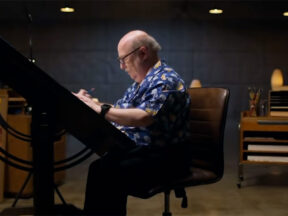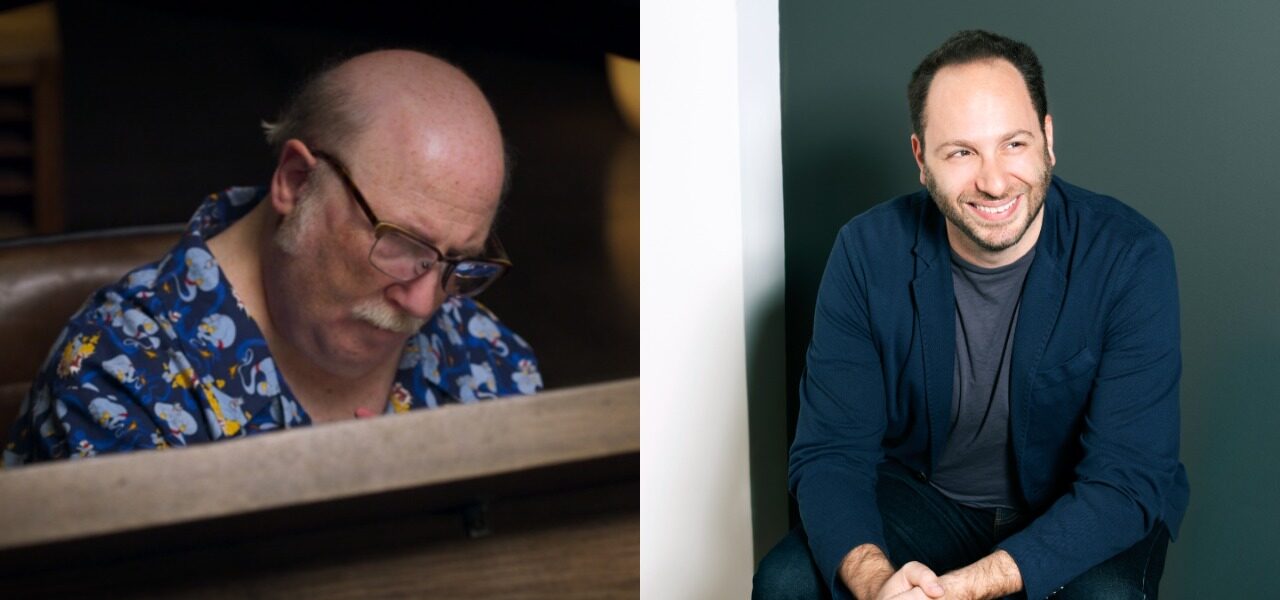
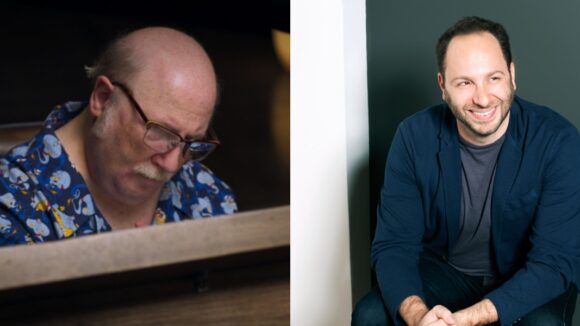
Eric Goldberg, Jason Sterman On Disney’s ‘Sketchbook’ And The Company’s Return To Hand-Drawn Production
Disney’s new learn-to-draw series Sketchbook debuts worldwide on the company’s streaming platform today.
In each episode of the show, a Disney artist teaches the audience how to draw a famous Disney character. More than that though, each artist also opens up about their own animation stories, sharing behind-the-scenes anecdotes from their time at the studio.
Cartoon Brew spoke with Sterman (top right) and Goldberg (top left) about how the series is formatted, its intended audience, and the advantages offered by straight-to-streaming distribution. We also discussed Goldberg’s viral comments regarding Disney’s interest in producing more hand-drawn, 2d animation.
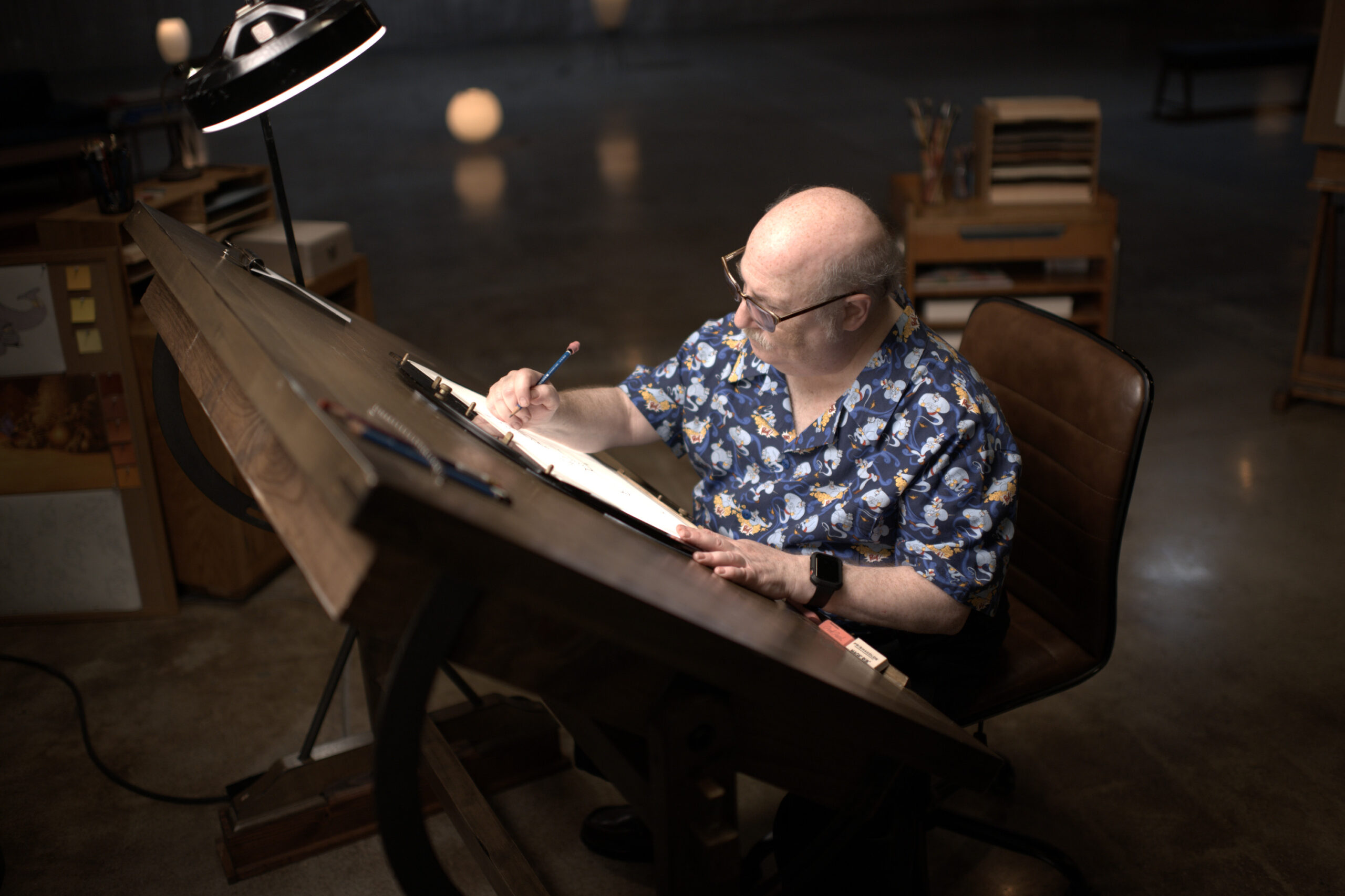
It felt like the whole animation world was celebrating this past week after you said that Disney was looking at getting back into 2d animation. You and several other traditional animators have been with Disney for decades, so obviously 2d never really went anywhere, but what did you mean when you said it is coming back?
Eric Goldberg: You’re astute in pointing out that hand-drawn, 2d animation is still our currency at the studio. It’s how we communicate. Over the past few years, I’ve been involved on a fair number of hand-drawn projects for the parks, so we’ve been keeping it alive this whole time. But I think what’s changed recently is the attitude of the studio that this is something we need to keep in the training program. We recognize we’re starting small with just a handful of people to start with, but they’re a good handful. They’re very talented and we’ve really enjoyed working with them. And yes, there are projects coming down the pipeline that absolutely will require hand-drawn animation. You won’t get me on record saying something like, “We’ve got 28 features coming in hand drawn,” but there is a lot of interest in hand-drawn work at the studio.
Each episode starts with the premise: “Learn to draw this famous Disney character.” However, it quickly becomes clear that the show is as much about the artist as it is the art. Can you talk a bit about how you formatted the show and what people can expect to learn from it?
Jason Sterman: Ultimately, what we’d always planned to create was two doorways into the show. The idea of being a drawing show allows for an entry point that is very accessible and understandable and will draw in a lot of people. But you don’t have to draw anything to take something away from this series. In the world of animation there is so much love for the films we grew up watching, but many never get to interact with the humans behind the films. Sketchbook is a way to spotlight the human side of animation.
Goldberg: I think the two sides of the show are intertwined. It’s a drawing lesson, yes, but there are life lessons too. We all started somewhere, most of us on the bottom rung, and in each episode, I think we show that we’re all very similar in terms of our desires and our capabilities.
Jason, when you were developing Sketchbook, who did you imagine this show was for?
Sterman: So, when you’re making a show for Disney+, you’re really making a show for the entire world. I tried to keep that in mind the entire time; that this show had to be for each and every audience member. In my case, for instance, I didn’t grow up drawing. A stick figure was a major accomplishment. So I used myself as a standard for the show, that it had to work for audience members like me who are not day-in and day-out artists. It always had to keep my attention and teach me something new.
And Eric, who were you thinking about as you were speaking to the camera?
Goldberg: I’m quite comfortable talking and drawing at the same time. I’ve been doing it for a long time, and so I just thought of it like the camera was a person standing over my shoulder watching me draw and listening to me at the same time. Sometimes what I said was instructional, other times anecdotal.
This show feels tailor made for streaming. As a kid I wore out the magnetic strip on lots of my VHS tapes. I can only imagine a show that taught me how to draw would have faced a similar fate with the constant stopping, starting, and rewinding. What advantages did you find in making this show for Disney+?
Sterman: I think the show provides and amazing opportunity for anyone who understands the accessibility of streaming nowadays. For starters, this whole show is being released day and date. That allows the audience to come at the show however they want. They can pick their favorite characters and watch in any order, and at their own pace. For artists, they don’t have to pass around VHS tapes and tell each other which parts to watch, they can just send a link and a timestamp to the part they want to share with anyone around the world. I think it makes us all feel a bit more connected and the world a bit smaller.
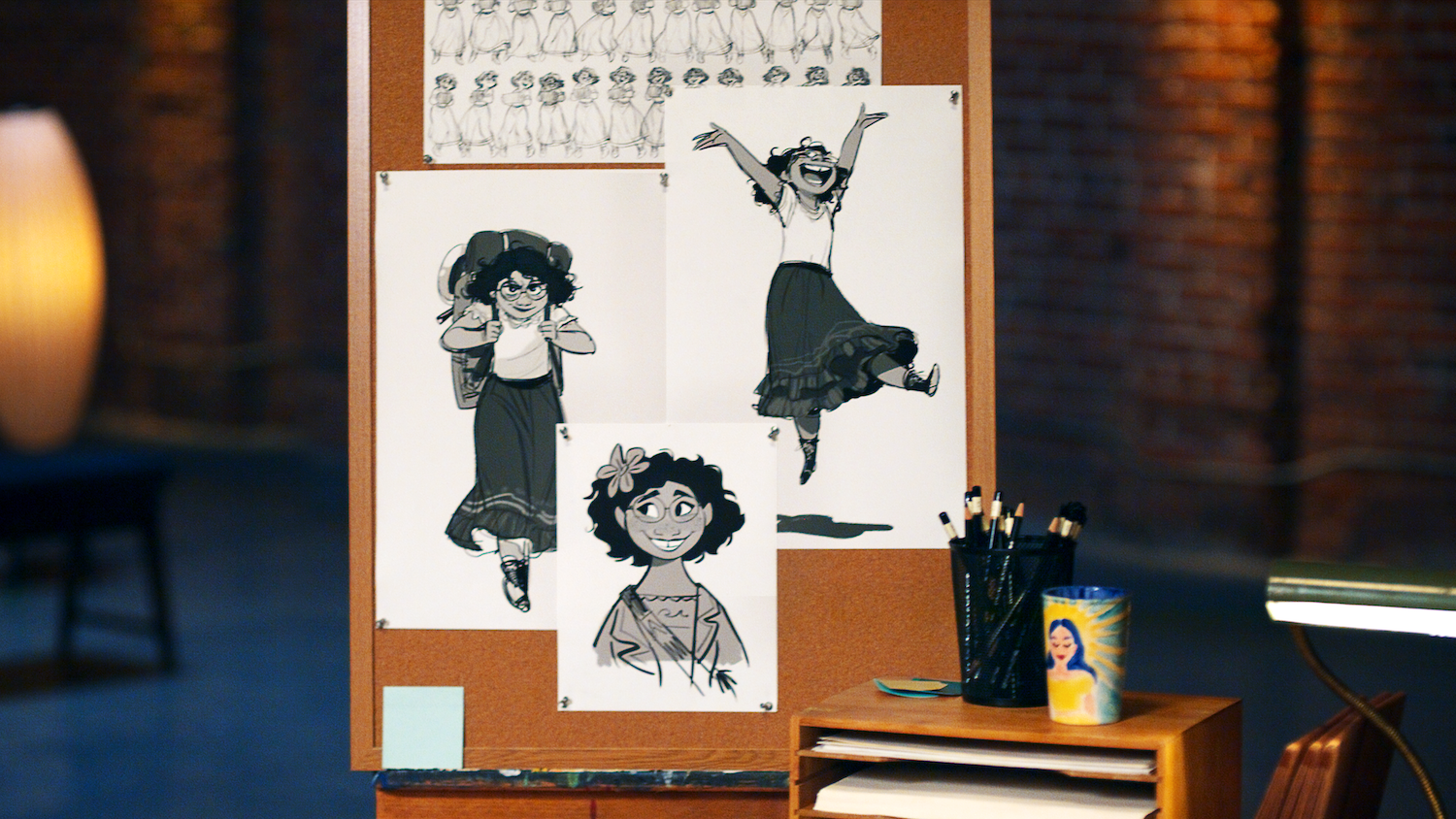
Artists featured in the first season of Sketchbook are Gabby Capili (drawing Kuzco from Emperor’s New Groove), Hyun-Min Lee (Olaf from Frozen), Eric Goldberg (Genie from Aladdin), Jin Kim (Captain Hook from Peter Pan), Samantha Vilfort (Mirabel from Encanto), and Mark Henn (Young Simba from The Lion King). Sketchbook is produced by Supper Club, with episodes directed by Jason Sterman, Leanne Dare, and Andrew McAllister. Sterman also executive produces alongside David Gelb, Brian McGinn, and Amy Astley.

.png)
